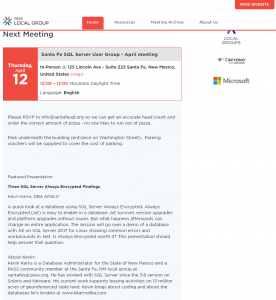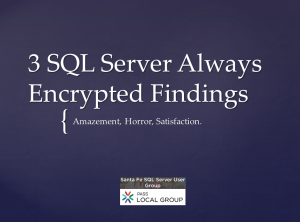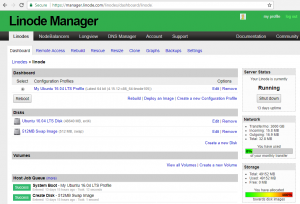This past week Microsoft released SQL Server 2017 CU6, Microsoft Support. So, I thought it would be a good idea to set up my Linux SQL Server to follow the same automated WSUS-driven patch methodology as we do on some of our Windows SQL Server installations. Some of these servers apply Microsoft updates on a weekly scheduled maintenance window on Sundays. For these servers, it’s a little extra effort to closely monitor them through the maintenance window, and makes me nervous about Monday morning phone calls. However, it’s a good feeling to know these databases are running the latest patches, and Microsoft recommends “ongoing, proactive installation of CUs as they become available.”
My first Linux version of this scheduled maintenance window for SQL Server is just a cron job running apt-get commands. I’m going to follow up with my Linux colleagues on other patch maintenance approaches and will come back to edit this post with any better ideas, or likewise I’ll edit the post if I’m missing something important.
Patching SQL Server on Linux is super simple to do because the apt-get repository for Microsoft was added during the original installation Quickstart: Install SQL Server and create a database on Ubuntu. It’s literally just two simple apt-get commands:
sudo apt-get update
sudo apt-get install mssql-server
To repeat this in the weekly Sunday maintenance window I’m just using this cron job:
#
# m h dom mon dow command
0 13 * * sun /usr/local/scripts/sun-maint-win-sqlserver.sh
The bash script looks like this: Continue reading “SQL Server 2017 CU6 … I shall not fear planned obsolescence.”




